void Pointers in C++ (cpp): Usage, Advantages and Generic Functions
Introduction to void Pointers in C++ In C++ programming, void pointers play an important role in en...
Read More
Introduction to void Pointers in C++ In C++ programming, void pointers play an important role in en...
Read More
Introduction In C++, string manipulation is a fundamental aspect of programming, and understanding...
Read More
Introduction In computer programming, matrices play a significant role in representing data and sol...
Read More
Introduction to Constructors in C++ In C++, a constructor is a special member function in a class t...
Read More
Introduction to Inheritance in C++ Inheritance is a powerful concept in object-oriented programming...
Read More
Introduction To Friend Functions in C++ In C++, friend functions are a unique feature that offers i...
Read More
Introduction to Virtual Functions in C++ In C++, virtual functions are a fundamental aspect of obje...
Read More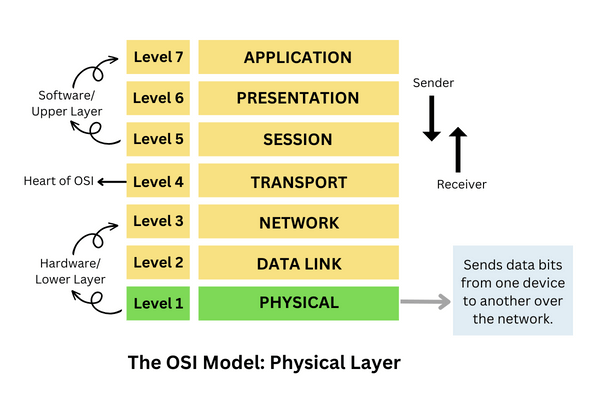
Introduction to Physical Layer In the vast and complex world of computer networking, the OSI (Open...
Read More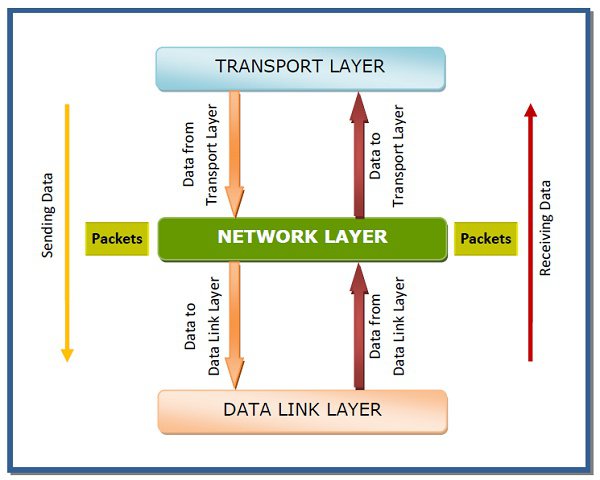
Introduction to OSI In the realm of computer networking, the OSI (Open Systems Interconnection) Ref...
Read More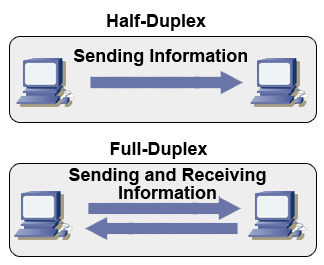
Introduction to Half Duplex and Full Duplex Communication In today’s world of communication, unders...
Read More
Introduction to Topology In the realm of computer networks, the term “topology” refers to the physi...
Read More
Introduction to Bipolar Line Encoding In modern digital telecommunications systems, effective data...
Read More
In the world of digital communication, the transfer of data is a fundamental requirement for variou...
Read More
In the fast-paced world of digital communication and network standards, the importance of efficient...
Read More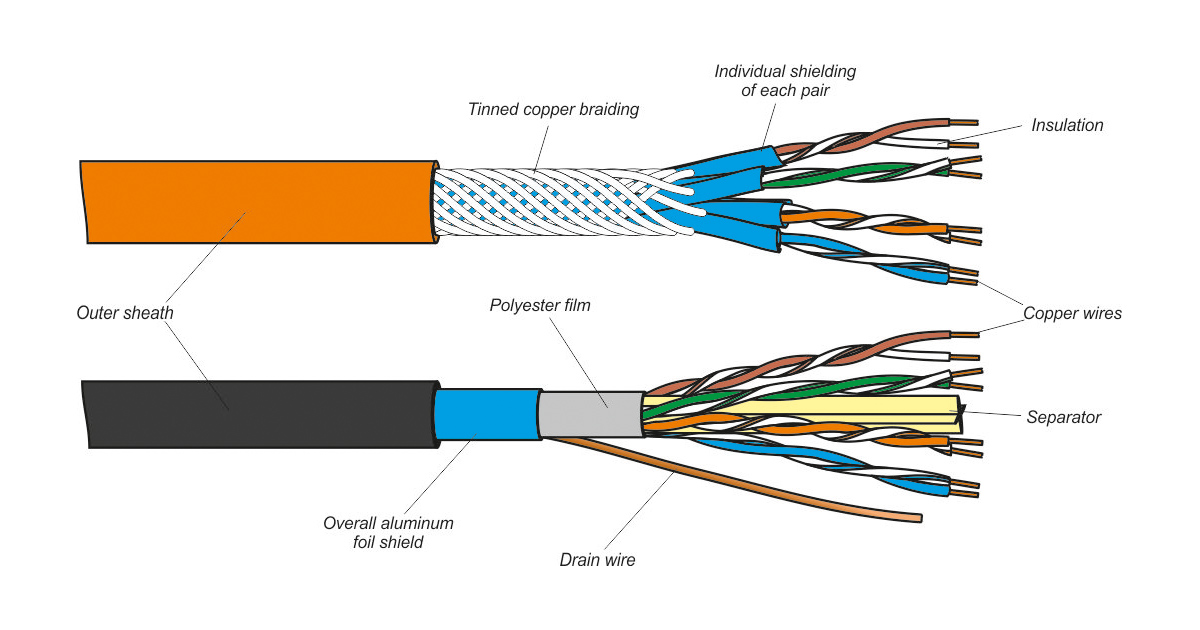
In the world of modern communication, where seamless connectivity is paramount, the unassuming Twis...
Read More
In the world of modern networking, Virtual Circuit Network (VCN) have emerged as a versatile soluti...
Read More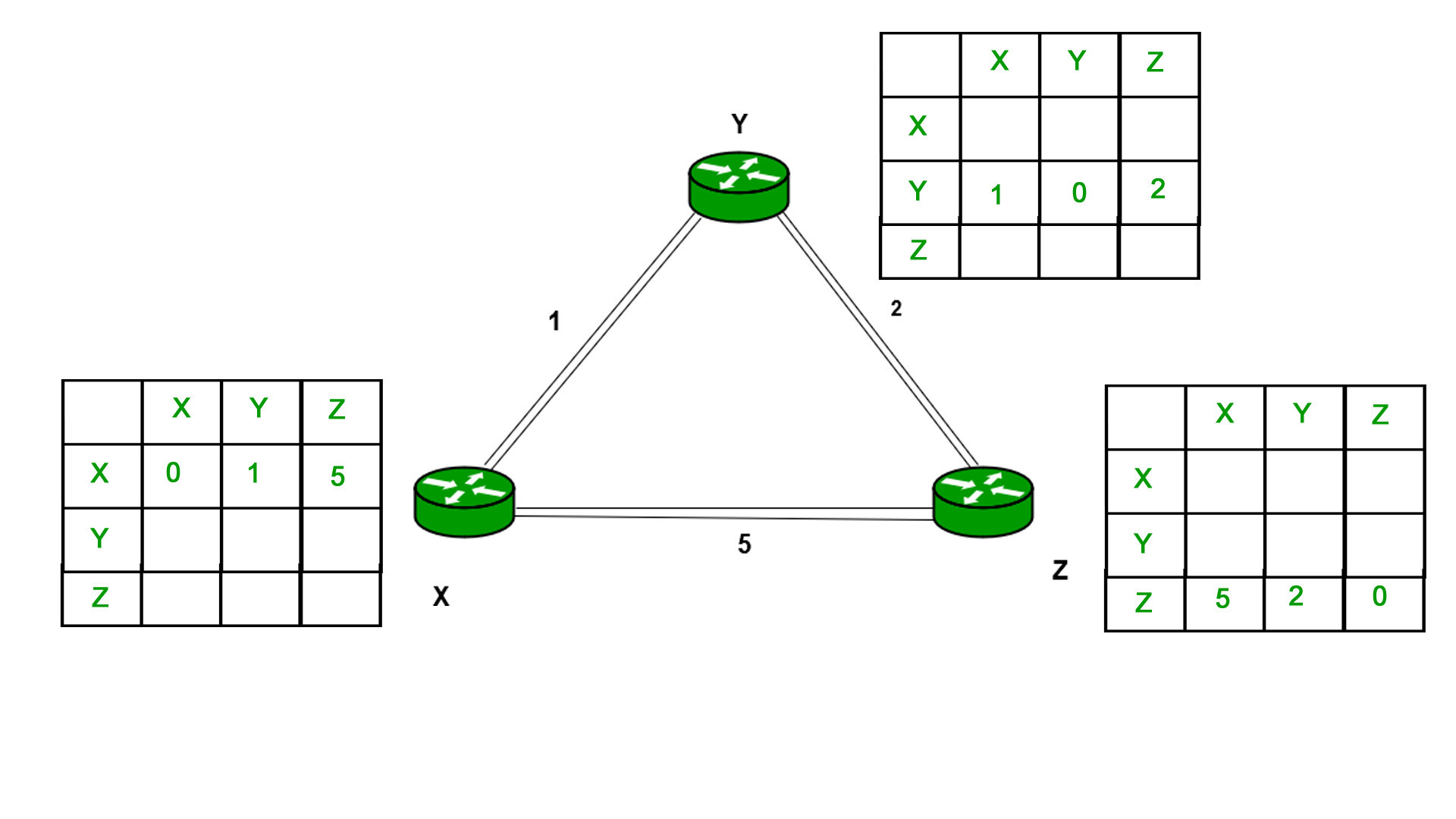
In the vast and interconnected landscape of computer networks, the Distance Vector Routing Algorith...
Read More
In the fast-paced world of digital communication and network standards, ensuring data integrity is...
Read More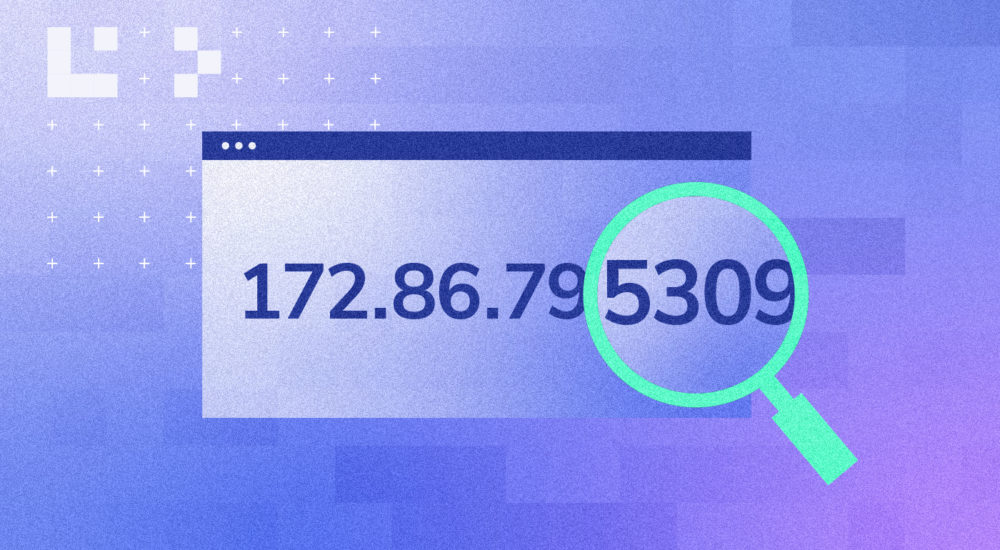
In the digital realm of interconnected devices and data communication, IP addresses form the backbo...
Read More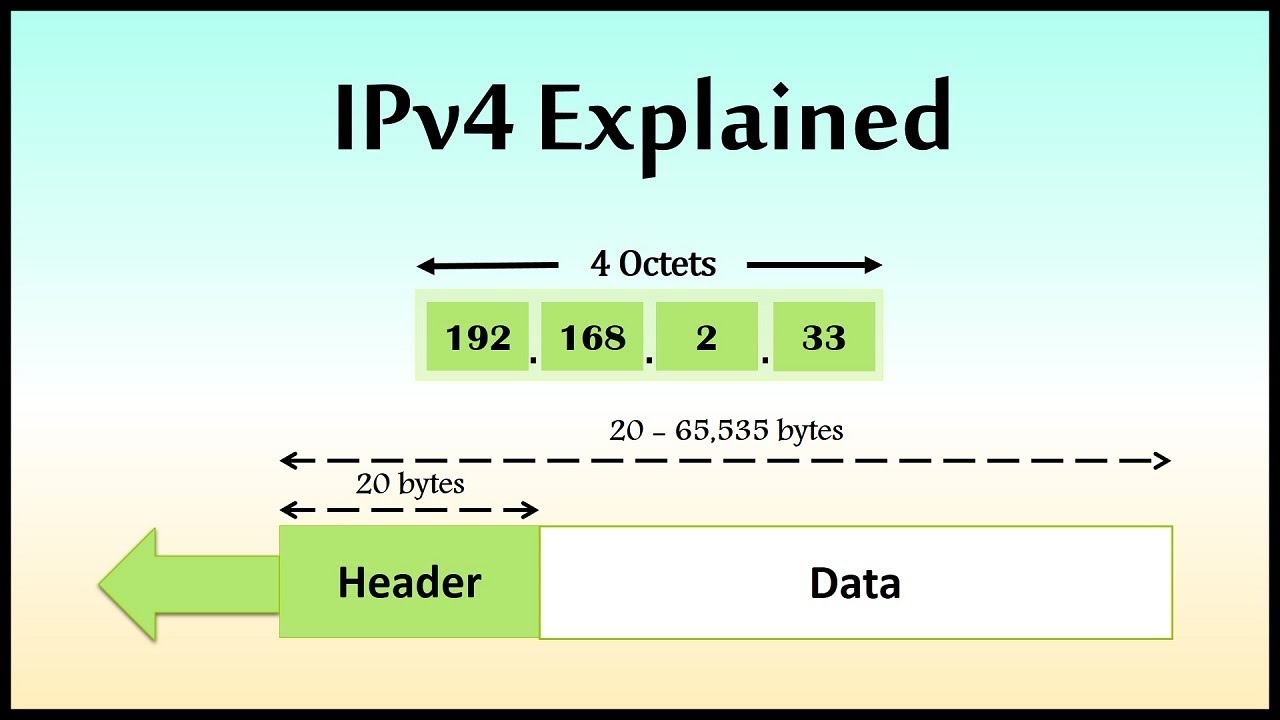
In the realm of computer networking, the Internet Protocol version 4 (IPv4) stands as the bedrock o...
Read More